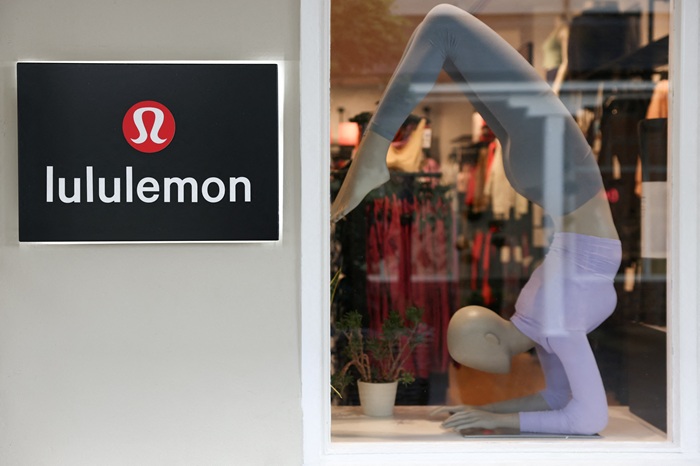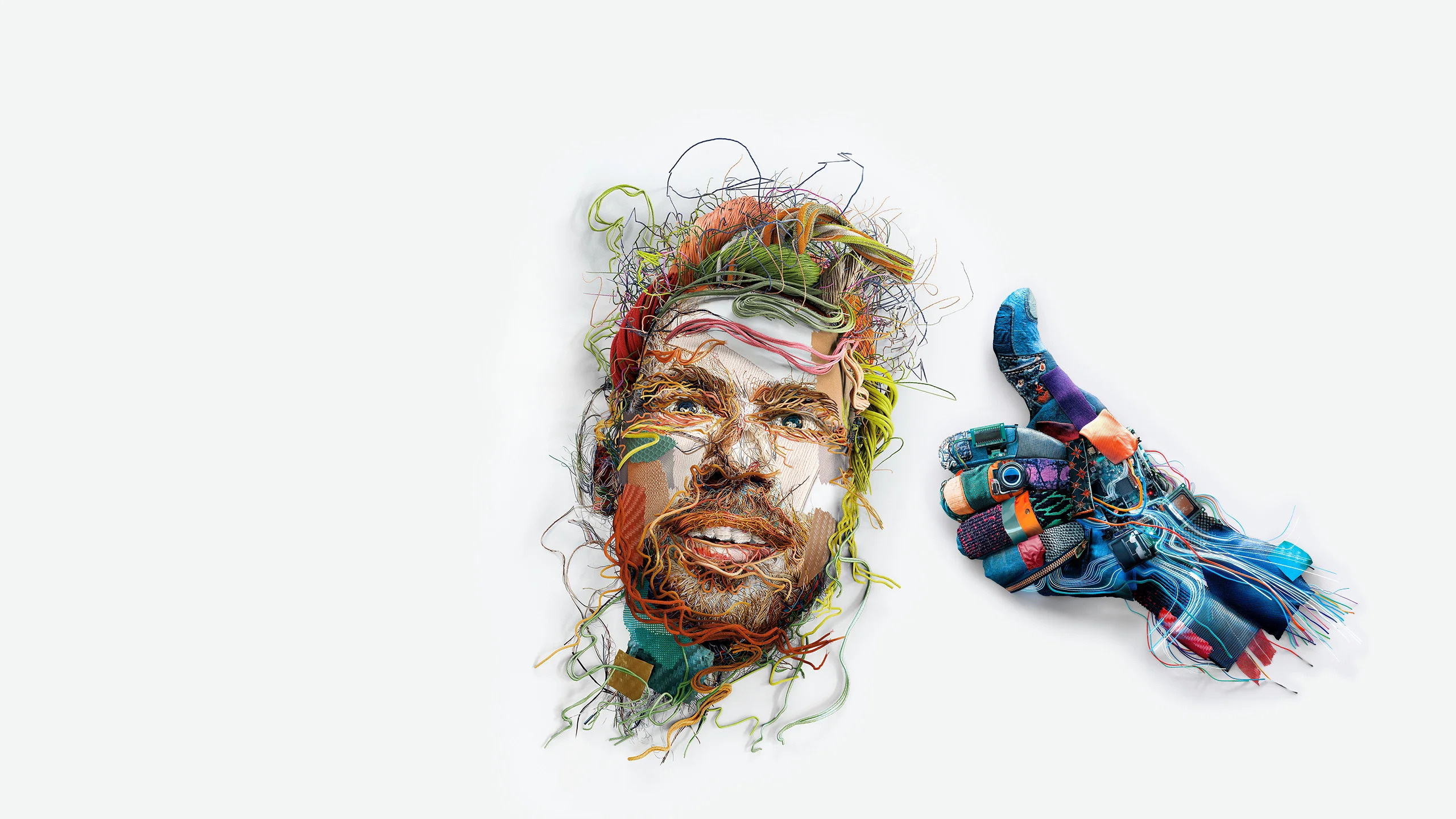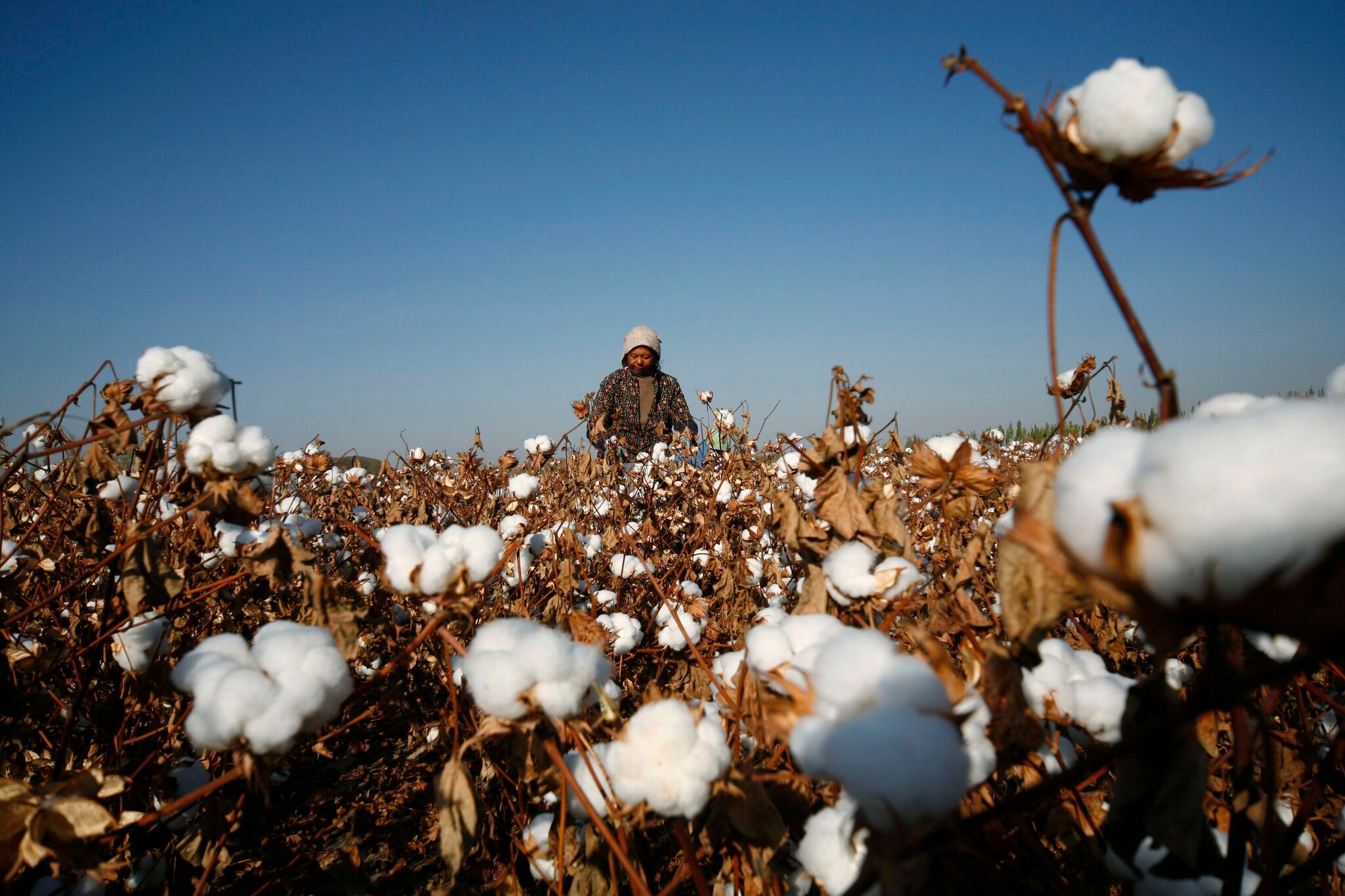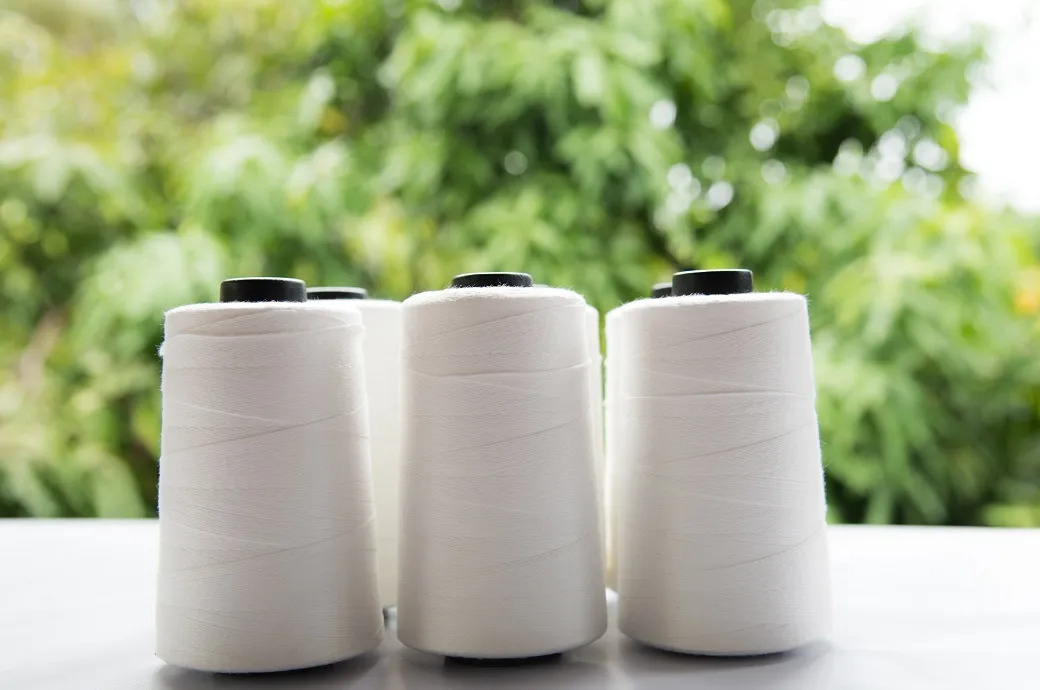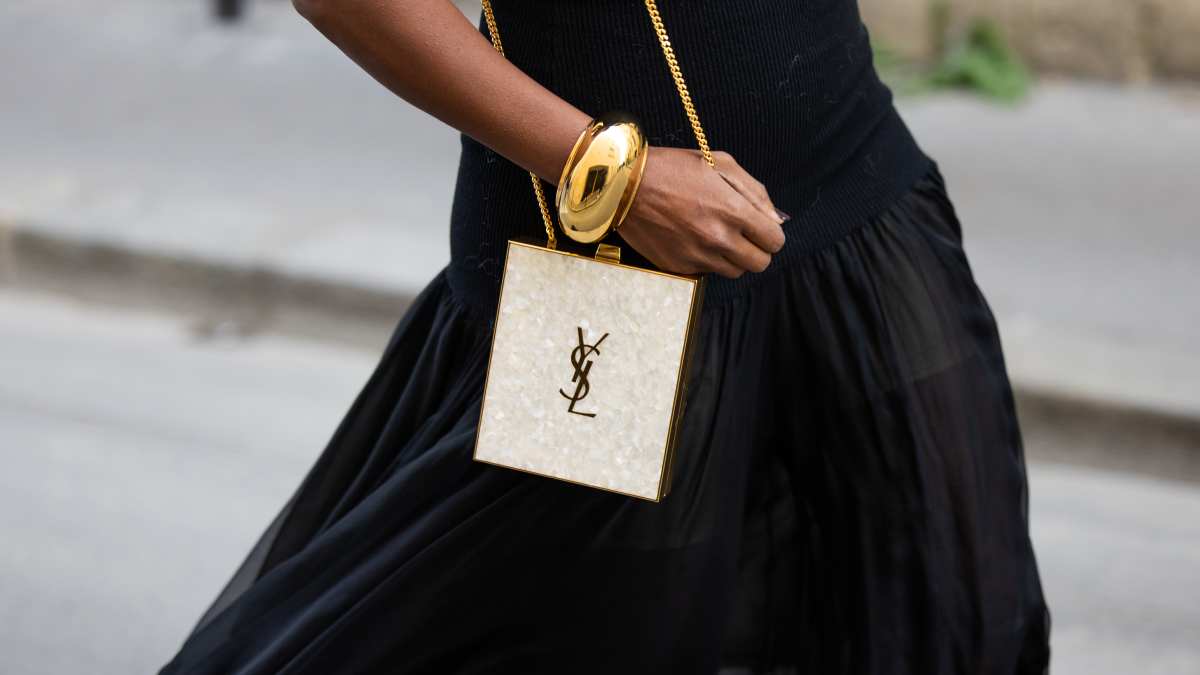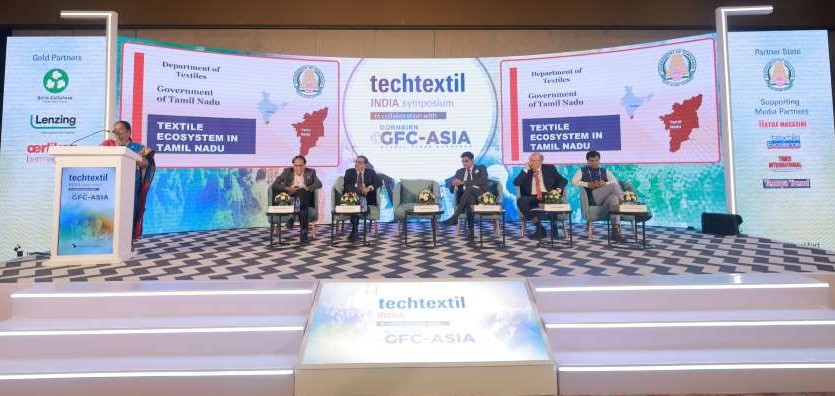FW
Pakistan Hosiery Manufacturers & Exporters Association has asked for restoring trade association’s role in timely and transparent disbursement of PM Revised Export Package for 2017-18, due to banks failure in appropriately processing the refund cases of exporters. PHMA Chairman Khurram Anwar Khawaja says most commercial banks have failed to establish separate section and appoint professional staff for verification of exporters' refund cases. Majority of the banks/authorised dealers are also violating the SBP instructions to verify and forward the cases within 15 days due to lack of their capacity and expertise.
He further noted manufacturers and exporters of knitted garments are the largest industrial employment providing sector of Pakistan, besides earning around $2.5 billion annually through exports. Exports of the country during the past few years had seen a decline but the PMs Export Package 2017 had helped the export sectors to move forward.
A notification created hurdles in transparent disbursement of PM Package by eliminating the role of Associations. Khurram said during the textile quota regime misappropriation of billions of rupees took place in the Export Promotion Bureau along with malpractices in its management. When quota management was handed over to Textile Associations, not a single case of corruption or malpractice came up and the full utilization of quota was ensured. He said that it is on record that subsidy scheme of the Ministry of Commerce for establishment of business offices abroad was totally mishandled by TDAP officers.
Studies have revealed workers who have technical ability as well as soft skills have more job opportunities and correspondingly enhanced wages. A new research paper from a team of economics and business professors at Harvard, Boston College and the University of Michigan notes employers also benefit when workers possess soft skills. Garment workers in India who took a course in personal advancement were 20 per cent more productive than workers without the training.
The study, released as a working paper has not yet been peer reviewed, involved a field experiment at five factories that makes clothes for Gap in Bengaluru, in South India. Almost 3,000 workers entered a lottery to take part in an 80-hour course designed for Gap to teach the workers, largely women in their 20s with limited education, life skills such as time management, communication, problem solving and financial literacy.
The 1,087 workers who joined the course became more productive, measured by the quantity of items they produced on the shop floor, by executing simple tasks more efficiently. Workers who finished the course were 11 per cent more productive than before the course and 20 per cent more productive than the control group who did not join the course.
The survey further revealed the women who completed training said they were more likely to ask for additional training that permitted them to master more difficult projects, than those who didn’t take the course. They were also more likely to take advantage of employer and government benefits that helped their productivity and because they took courses on goal setting, they became more focused on increasing their earnings to save for the future. A unique fallout was that other workers on the assembly lines who did not take the course became more productive as they learned from the women who had taken the classes.
The flip side was increased profits did not go to the workers. Their wages went up by only 0.5 per cent, partly due to the fact that they had no way of communicating their new skills to other employers — who hire workers based strictly on sewing ability.
Global unions IndustriALL and UNI have announced that more than 100 brands have joined the new Accord on Fire and Building Safety. Valter Sanches, General Secretary of IndustriALL Global Union says the brands that have signed the 2018 Transition Accord are showing a commitment to transparency and to the safety of Bangladeshi workers. The Accord’s legally-binding framework is the only credible way to guarantee that life-threatening fire and structural hazards are remediated in a timely manner in ready-made garment and textile factories.”
Since the new Accord was announced in June, over 101 brands have come on-board, including Adidas, Benetton, Carrefour, H&M, New Look, Esprit, Hugo Boss, Inditex, Tesco and John Lewis. Thus the agreement covers more than 1,200 factories and around 2 million workers.
Christy Hoffman, Deputy General Secretary of UNI Global Union was happy with the way things are turning out and is confident the vast majority of 2013 signatories would sign the 2018 Transition Accord and now that they have broken 100 signatories. Hoffman says they made improvements to the industry and turning away now simply doesn’t make sense. It is also important to make these advancements in worker safety sustainable through functioning Health and Safety Committees and the Transition Accord will put a priority on this work.
Last month, an unnamed apparel brand was forced to come to a $2.3 million settlement to mitigate safety hazards in factories. The funds will be used to improve working conditions in 150 factories and to support IndustriALL and UNI Global’s workers’ fund.
Kristina Jensen, PRPS women’s account executive disclosed PRPS is adding a bit of stretch to its premium Japanese denim collection. The amount is marginal at around 1.5 to 2 per cent but delivers just enough give while maintaining the brand’s DNA. The well-known denim label is also launching its first-ever collection made in Italy for fall. The capsule features Japanese fabrics designed and stitched in Italy with new cuts demanded by the European markets, including straight and wide leg crop. The collection is expected to retail for $248-$448.
Levi’s Made & Crafted presented its largest collection, including a wide range of button-down shirts and hoodies. For Fall ’18, Levi’s welcomes the addition of the 501 and 511 for men and the 700 series for women. Ingrid Rodriguez, Royal Workshop Chief of Operations, said designing in the confines of what’s available in large quantities forces a higher level of creativity. The brand sources bulk vintage goods from warehouses and reintroduces pieces with chain fringe and Tiffany rhinestone settings.
Other styles are hybrids, such as the vintage Levi’s jacket with an elongated military camp fabric bottom. The brand will start looking outside the 50 states for the same. Australian label Outland Denim made its US debut at Liberty Fairs with prices around $200, the men’s and women’s denim collection targets the premium luxury market. Founder James Bartle proudly says, the biggest point of difference from other brands is that they have a story.
Turkey-based mill Calik made its second appearance at this Liberty show. Calik showcased Athfeat, a collection of athleisure jeans, leggings and jackets made with its Fly Jean concept. The garments were created by Turkish designer Ozak Tekstil. Fly Jeans use Invista’s Lycra fibre, Coolmax and Thermolite IR to create true performance-driven denim. The lightweight fabric keeps the wearer cool, dry or warm without bulk, offers excellent shape retention and has a creamy soft touch while maintaining the authentic look and wash down of denim.
Product Innovation (PI) Apparel, the fashion industry’s premiere technology conference, was held recently. The event is well-known as a place where industry disrupters team up to learn latest trends in fashion technology, brainstorm, share their experiences adopting fashion technology and discuss ways to ensure how fashion technology can be or better implemented.
Stephanie Kleinjan, Owner of Socialite Clothing (a Los Angeles-based apparel brand), discussed her experience, successes and teachings from integrating 3D virtual sample-making into a fast-fashion business model. Using Tukatech’s TUKA3D application with real-time motion simulation for fit and design analysis, the design team at Socialite built a season’s worth of styles virtually before cutting and sewing physical garments. They draped the garments on virtual fit models, examined tension maps that reveal where the cloth is tight or loose, following which they showcased the styles in different colorways to buyers and designers.
Ram Sareen, Tukatech’s Founder, and an industry disrupter said, TUKA3D brings brands and designers to the next level. They can reduce production time by months, saving money and beating others to market.
Tukatech is the garment and apparel industry's leading provider of fashion design software and technology solutions. Founded in 1995 by Sareen, Tukatech offers award-winning 2D pattern making, grading and marker making software, automated marker making software, 3D sample making/virtual prototyping software, as well as garment plotters, automatic spreaders and cutters for production.
Czech textile and clothing companies last year showcased their best results in the past 12 years. Data from a survey carried out by the Czech Association of Textile, Clothing and Leather Industries (ATOK) 2017 records companies sold fibres, textiles and clothing valued at 55.3 billion crowns. This was largely due to the fast growing economy and focus on technical textiles, which are used in the automobile industry, agriculture, health care and aviation. The head of the Czech Association of Textile, Clothing and Leather Industries, Jiří Česal points out. The growth suggests a close interconnection between the textile industry and other fields. It is clearly driven by the auto industry which uses textiles for the production of many of its components.
Currently, technical textiles make up two thirds of global textile production and experts say their significance will continue to grow. Česal says seven out of the country’s top 10 textile producers manufacture technical textile. The Czech Republic’s leading producer is Juta, which produces unwoven textiles for the building industry and agriculture, followed by nappies producer Pegas Nonwovens.
As per a study by Czech Association of Textile, Clothing and Leather Industry, Textile and Clothing Associations last year recruited new employees and increased their salaries. Wages increased by over seven per cent, with workers in textile companies achieving an average wage of 24,000 crowns.
Just like in other fields, however, Czech textile and clothing companies are facing a serious lack of workers. Earlier, Czechoslovakia was a textile and clothing industry power, but in the 1990s many of the country’s companies went bankrupt following cheap imports from Asia.
Circle Economy has officially launched the Fibersort Project which uses innovative technology to automatically sort large volumes of mixed post-consumer textiles based on fibre composition. Along with project partners Valvan Baling Systems, Reshare, Procotex, Worn Again and Smart Fibersorting, the organisation will soon undertake testing on the sorted materials and the results will be disclosed in future Fibersort reports. A ‘Demo Day’ has been scheduled for March 14th to showcase Fibersort’s technology at work and to share performance information with the industry for the first time. The event will also have project partners host workshops to gain an in-depth understanding of systemic issues around recycled textiles.
The project partners give out figures which show of all textiles discarded in Northwest Europe, only 30 per cent are collected and almost half of the collected items are only fit to be downcycled, landfilled or incinerated. The Fibersort Project hopes to give them a chance to become inputs for textile-to-textile recycling.
The Fibersort technology, funded by Interreg NWE, is now in operation and the first Fibersorted materials are now commercially available. The project aims to reduce the need for virgin textile materials by providing feedstock more efficiently for textile-to-textile recycling and creating additional market value by making it economically feasible to sort textile waste. Cyndi Rhoades, CEO, Worn Again explains, Fibersort will enable suppliers of post-consumer textiles to meet the feedstock specification for our process more efficiently than today’s sorting methods. The results of the Fibersort are looking promising.
The Brazilian office of C&A Foundation, Instituto C&A, is launching a “call for proposals” to find innovative initiatives to bring about systematic change in working conditions in Brazil’s fashion industry. C&A said as consumers become increasingly aware of the conditions in which fashion is made, demand for greater transparency has increased. Numerous brands and industry groups have begun to publicly disclose information such as the names and locations of suppliers they work with, working conditions and related safety information.
Giuliana Ortega, Executive Director of Instituto C&A announced, “We are looking for innovative ways to improve working conditions in the fashion industry in Brazil. Transparency can contribute a great deal by disseminating reliable and publicly accessible information and by encouraging accountability, making working conditions a priority in the sector.”
Transparency will only contribute to improving working conditions when publicly disclosed information is used to encourage accountability, C&A further said. With access to relevant data and information, stakeholders at all stages in the value chain can make choices that will improve conditions for garment workers.
The initial budget available for the call for proposals is $4,00,000, with a maximum of about $1,80,000 for each proposal, with up to three proposals to be chosen. Instituto C&A said a complex maze of production units, subcontracted factories and sourcing agents has emerged across various countries, including Brazil. Multiple stages between material sourcing, production and retail make the apparel supply chain opaque and leads to a complex international apparel industry where monitoring and tracing is challenged at all levels of production from the fields of cotton fields through to retail outlets.
The lack of transparency in the system has contributed to persistently poor working conditions and weak systems of accountability. Brands, buyers, governments and consumers are often unaware of how materials are sourced and the conditions under which items are produced. To address transparency in the fashion industry supply chain, the initiatives presented should develop or implement projects that give out public, accurate and credible sources of information and data on issues that directly or indirectly affect working conditions.
Fespa will be held in Germany from May 15 to 18. This is a wide format, screen printing and textile printing event. Visitors will see printed interior decor applications including furniture, wall coverings, flooring, window graphics and soft furnishings.
This year’s event will have an entire hall dedicated to substrates and will also feature the largest textile zone of any Fespa event to date to reflect the market’s growing interest in soft signage, fashion and decorative textiles.
New this year is Print Make Wear, an interactive visitor feature designed to replicate a fast fashion factory. Focused exclusively on fashion textiles, garments and printed accessories, this feature takes the form of a live production environment and will highlight every step in the screen and digital printing production process, from initial design to finished product.
Also new for 2018 is the Digital Corrugated Experience, which is an educational and experiential area that will showcase the commercial and production advantages of digital print for corrugated packaging and retail display applications. This feature aims to highlight to packaging converters and box-makers the benefits of integrating digital technology into their production mix.
The show will be co-located once again with European Sign Expo, Fespa’s dedicated event for non-printed signage.
Vietnam is signing a free trade agreement with the EU this year. When implemented, it would become one of the most ambitious and comprehensive investment agreements to be signed between the European Union and a developing country. Vietnamese enterprises can get access to a market with a population of more than 500 million people and a GDP which accounts for 22 per cent of global GDP. In return, EU investors can explore a market that has the most rapid economic growth in the region with a population of more than 90 million people. The FTA will contribute about 2.5 per cent to Vietnam’s GDP in 2020 and 4.6 per cent in 2025.
Vietnam is now a benchmark for the other Asean countries that are willing to engage in FTA negotiations with the EU. Vietnam’s exports of textiles and garments rose 10 per cent this year compared to last year. In 2017, its exports of garment products to the US were 9.4 per cent higher than in 2016.
Meanwhile a denim and sportswear supply chain show will be held in Vietnam, June 27 to 28, 2018. This is the third edition of the show.



